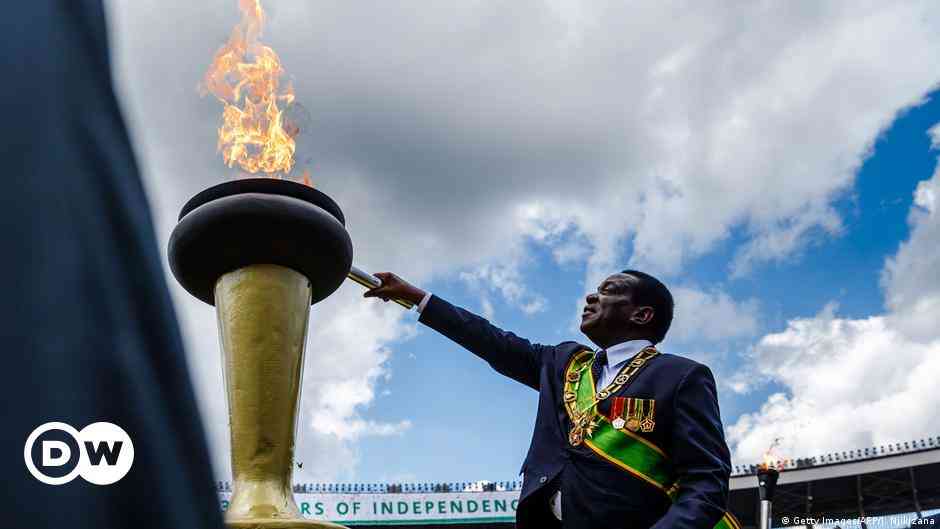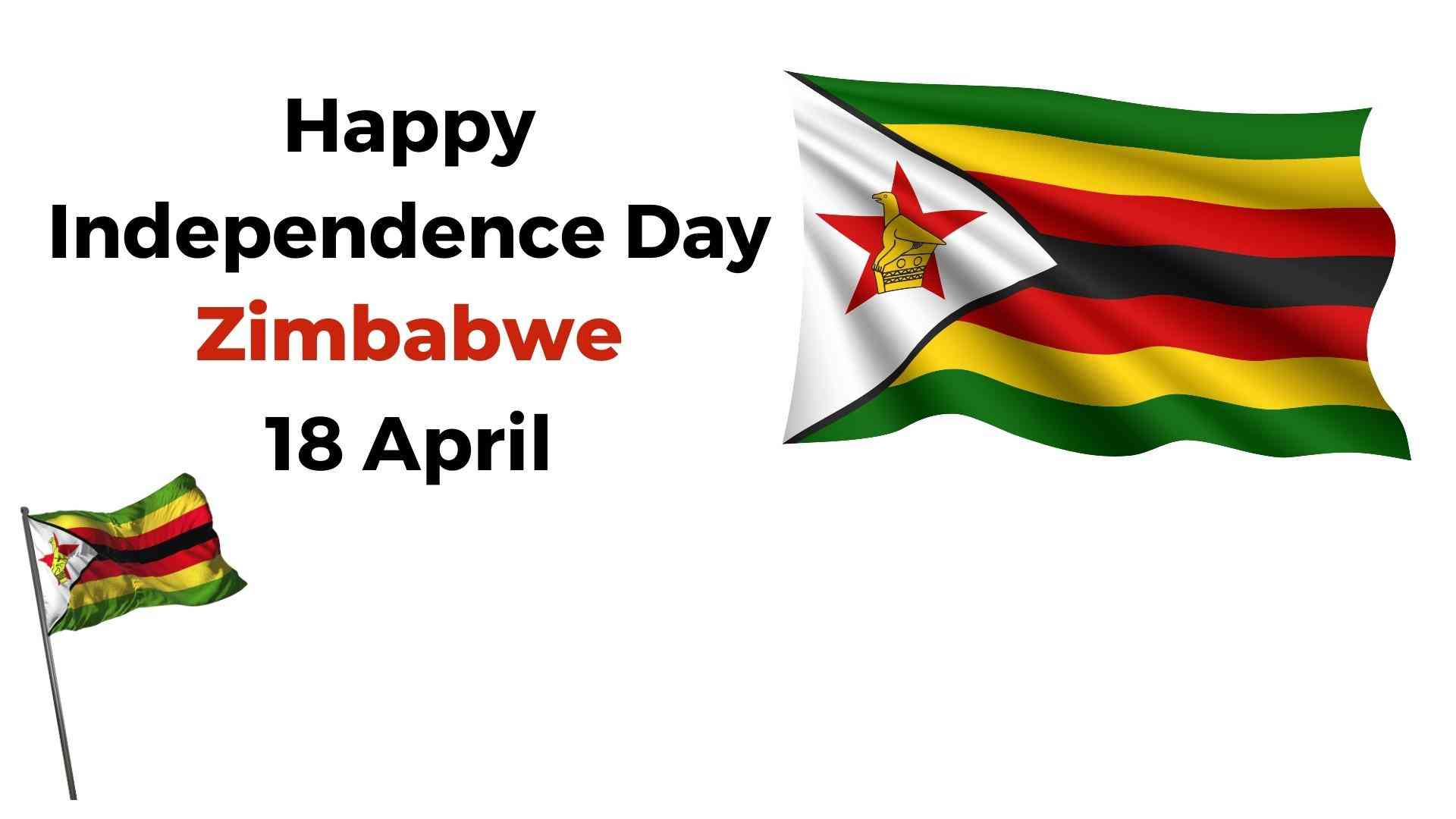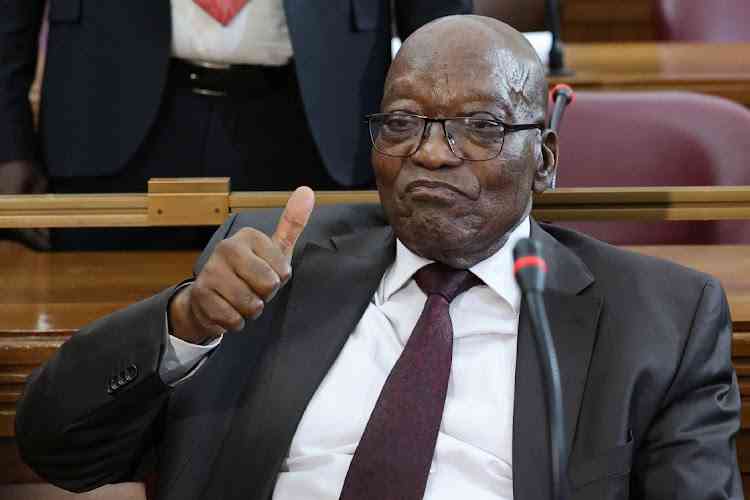
The third plenary session of the 18th Communist Party of China kicked off on Saturday under glare from the global Press.
Painona with Tapiwa Nyandoro
Deng Xiaoping’s market reforms that were initiated in 1978 have been an unqualified success taking close to 600 million people out of poverty by attracting foreign capital, offering cheap labour, a huge market and excellent infrastructure.
Now, according to a member of the standing committee of the politburo, new reforms are needed to let “labour, knowledge, technology, management and capital play out their dynamism”. Other new reforms are aimed at opening up the capital markets and increasing the rule of law in an increasing democratic dispensation. China is now evolving from a developing to a developed country, with services and consumption taking over from investment as the engine of growth.
The story is of course the opposite in Zimbabwe. Zimbabwe needs investment. The target should be to keep its contribution to gross domestic product higher than seventy per cent for decades to come. Without money the Zimbabwe agenda for sustainable socio-economic transformation is nothing but a bloated “wish list”. And it was on this subject that a colleague and I set in his office and discussed “arrows” available in the national quiver. A graduate in geology from the then University of Rhodesia, and one of industry’s captains, Gunvantrai Shah (GS), is passionate about the country.
Back from executive summer school at the University of London’s school of economics, he is bubbling about national strategy and the global economy. We indulge ourselves a bit of nostalgia on the good old days when Robert Gabriel Mugabe was Prime Minister, and Zimbabwe the darling of the world. We reminisce about double digit economic growth back then.
Later in depression, we agree that no financial support can be expected from the Bretton Woods twins in the “near future”. Going it alone has to be attempted and boldness is required. He suggests that government should fire the following six rows in its quiver. I add four more. (Talking of arrows reminds me of Patrick Chakaipa’s novel Karikoga Gumi Remiseve).
“Quick generation of capital followed by massive investment into the economy, is required”, GS intones. I agree. He proposes the partial privatisation by dilution of government’s shareholding to a golden share of 5% in the following six; government owned or controlled companies and parastatals.
- Chamisa under fire over US$120K donation
- Mavhunga puts DeMbare into Chibuku quarterfinals
- Pension funds bet on Cabora Bassa oilfields
- Councils defy govt fire tender directive
Keep Reading
Air Zimbabwe
The emotional bond that the ruling elite has with this symbol of national virility can be massaged by insisting that the name be retained over the next three decades, and 51% percent of pilots, engineers, management and cabin crew be Zimbabweans over the same period. Bidders must commit to growing the airline as a global company over thirty years.
Hwange Colliery
The bidder should commit to raise output to over seventy million tonnes per annum within two decades, with at least two thirds of output being exported. Ziscosteel
As for coal, bidders must undertake to export at least fifty million tonnes of iron ore and at least some thirty million tonnes of steel per annum by the fifteenth year.
National Railways of Zimbabwe
Capacity of less than twenty million tonnes per year is a serious threat to the coal and iron and steel industry. These two commodity industries are in fact largely logistics operations. Bidders must undertake to raise capacity to over 100 million tonnes per annum within twenty years.
Zimbabwe Power Company
The thermal power plants could be added to the mix with a requirement that new thermal generating capacity of at least 4000 megawatts be added at Hwange and, or Sengwe / Gokwe Coalfields over the next decade.
Grain Marketing Board
We agreed that some of the Scandinavian countries famous for running high output agriculture cooperatives be invited as commercial technical partners. Of these six arrows, it occurred to us that Hwange Colliery, Ziscosteel, ZESA’s Thermal plants, and NRZ mainlines could be bundled together and offered as a single unit owing to the high energy demands and logistic nature of the bulk commodity mining operations.
Mining companies such as Vale of Brazil run rail works bigger than the current installed capacity of NRZ. They run ports and shipping lines too, to move these bulky commodities. They are better placed for such massive works.
To GS’ six arrows I added the next three:
Land Titling
We noted too, that land titling in A1 and A2 farms is long overdue. China, we observed, is moving a step further, proposing land titling in rural areas. Legacy issues, as regards the land reform exercise, must also be addressed in a holistic manner, as the agriculture industry is made bankable.











